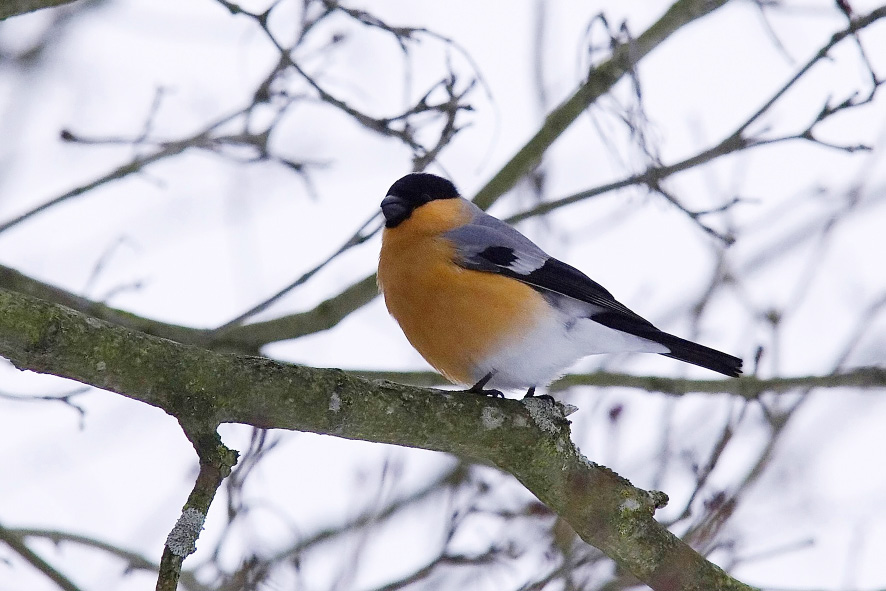This is an amazing time of year to watch garden wildlife, and it’s easy to give them a little assistance at the same time. It’s such a busy time for most of our bird species, making nests, defending territories and raising young whilst trying to survive the perils of garden life. Even a small garden can be a surprisingly wild place, potentially containing hundreds of different species of plant and animal. They can also be a dangerous place for small birds in spring with natural predators such as sparrowhawks and weasels equally desperate for food to take to partners and young.
At this time of year live food is particularly appetising to garden birds with mealworms being the easiest and most readily available form. If placed in a bowl on a bird table you are guaranteed a very busy garden, if only for a short while! Most birds will feed their young only live food with blue tits being a prime example. They will exclusively feed caterpillars if there are enough to be found in the vicinity and a single bird may catch up to 500 a day. This is an incredible fact when you consider that only a lucky few of us will ever see that many caterpillars in an entire year!
High energy bird seeds such as sunflower hearts and also fruit mixes are like a takeaway meal for over-worked and hungry adult birds, giving them a quick, low effort energy boost before they head off into the shrubbery again to root out more caterpillars. Water is also extremely important, not only providing it but ensuring the supply is clean and fresh. Many diseases, notably Trichomoniasis in recent years, are water-borne so it is essential to clean and refill water feeders and bird baths daily.
It is worth looking beyond the feeders at this time of year; pressure for food is such that you can be lucky enough to get great views of some of our usually more reticent garden visitors. Bullfinches are one of my particular favourites, the males unmistakeable with their striking black hoods and wing tips, grey backs and red underbellies. The female is a little less dapper than the male but is still beautifully coloured with an olive-brown back and pink underside and the same black hood. If your garden contains blossom at this time of year then this is the place to look. Bullfinches particularly like blossoms, berries (later in the year) and soft buds but they will also take small insects in springtime.
For the best chance of seeing some of our vast array of garden visitors get out into the garden early, find a quiet spot where you can blend in to the background and sit quietly with the binoculars close at hand. It is an ideal way to spend a sunny spring day and you never know what you might see!
- words: Dan Mead
You may also like
Go with the Flow
Sue Whigham shares some valuable new-to-gardening advice I’m sure that by now we should be used to the rain but I’m not entirely sure that we are. We had a dry, sunny day the other day and how everybody’s mood...
Farm Fables
Jane Howard gets to the bottom of why so many ponds have disappeared across the High Weald I have a new passion, almost an obsession, it’s about ponds. And there’s a distinct possibility I might become a bit of a...
Hedge Issues
Sue Whigham takes a meander along nature’s verdant and vital corridors Recently the BBC’s Today programme carried a feature about England’s hedgerows which created a lot of interest among listeners. On the strength of that, Martha Kearney interviewed one of...
















